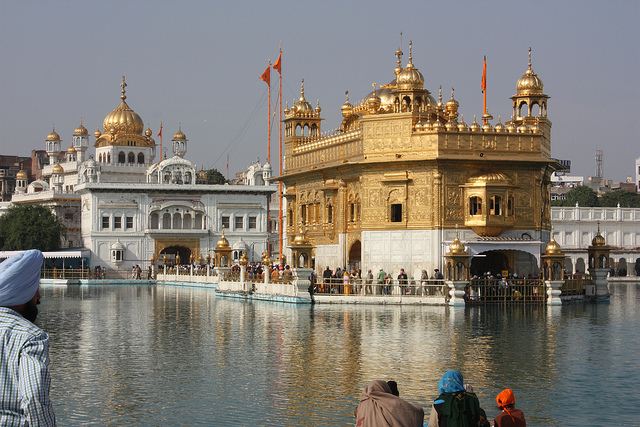Feeding the hungry is a time-honored tradition among people of many faiths and backgrounds, all across the world.
In Amritsar, India, the Sikh gather in a Golden Temple to serve 100,000 meals every single day of the year in a kitchen that never closes.
The langar, or community kitchen, found in this temple is the largest free kitchen on the planet, serving literally tons of food from a sprawling complex of white marble and gold.
The food never runs out, all are welcome, and no one ever pays a single rupee.
With its crowds swelling to some 150,000 on holy days, this Sikh temple sees more daily traffic than India’s most popular tourist attraction, the Taj Mahal.
A closer look shows that beyond merely filling empty tummies, there is something more radical going on here. In a society still heavily influenced by a class system, an ancient caste of hierarchies that for millennia dictated (among other things) who got to eat what, and with whom, this is a place where all people are considered equal.
From the volunteers who come from various religions to the diners of all socioeconomic backgrounds, they sit row upon row, cross-legged on the floor, enjoying the same meal. The langar embodies the ideal of equality and thus has always been more than just a place to eat for free.
“Sikh gurus worked very intentionally to challenge social distinctions in various forms,” said Samran Jeet Singh, the senior religion fellow for the Sikh Coalition in the U.S.

